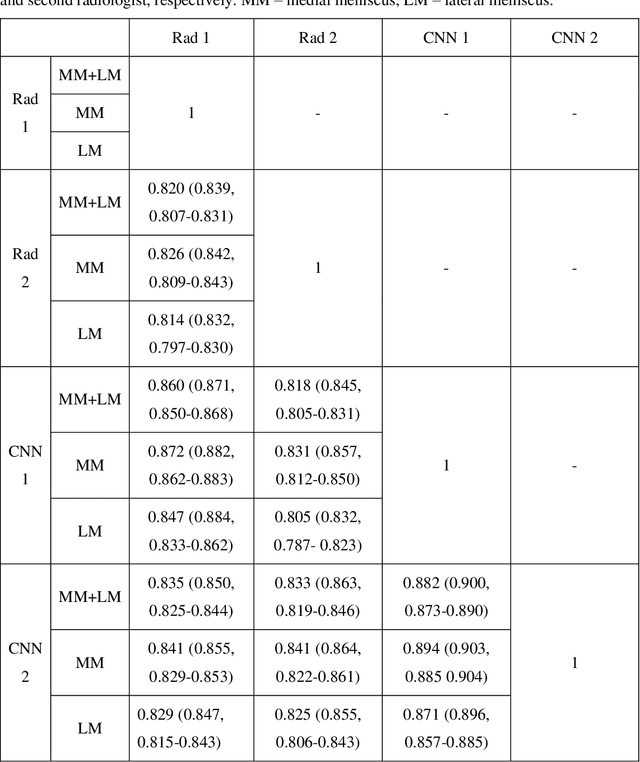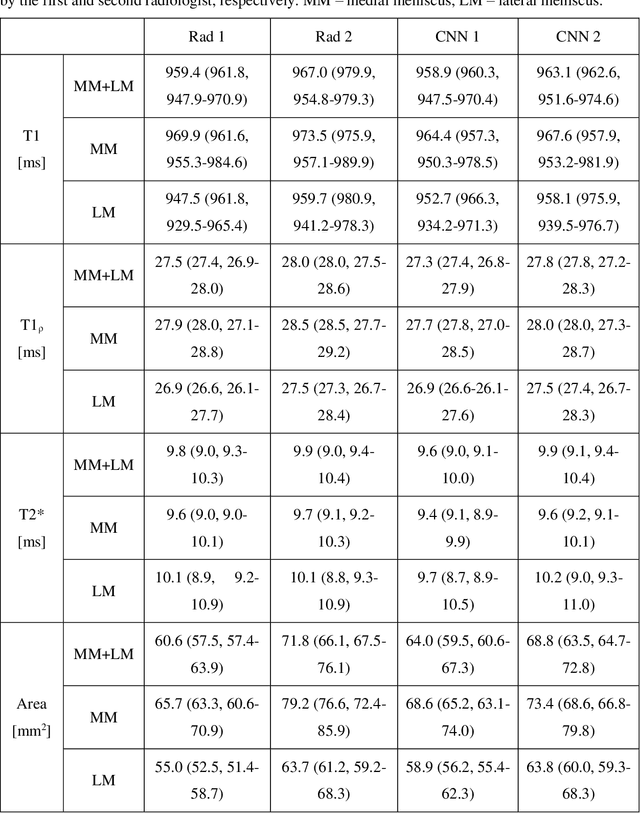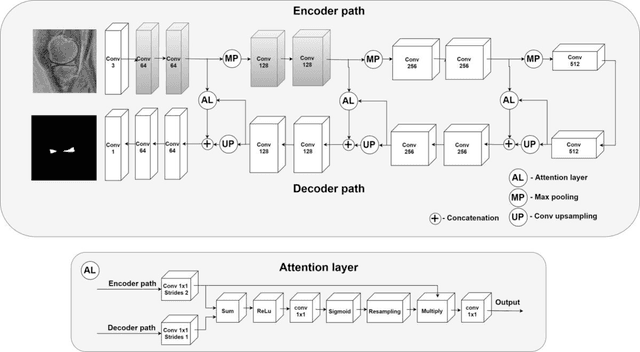Mei Wu
MHGNet: Multi-Heterogeneous Graph Neural Network for Traffic Prediction
Jan 07, 2025



Abstract:In recent years, traffic flow prediction has played a crucial role in the management of intelligent transportation systems. However, traditional forecasting methods often model non-Euclidean low-dimensional traffic data as a simple graph with single-type nodes and edges, failing to capture similar trends among nodes of the same type. To address this limitation, this paper proposes MHGNet, a novel framework for modeling spatiotemporal multi-heterogeneous graphs. Within this framework, the STD Module decouples single-pattern traffic data into multi-pattern traffic data through feature mappings of timestamp embedding matrices and node embedding matrices. Subsequently, the Node Clusterer leverages the Euclidean distance between nodes and different types of limit points to perform clustering with O(N) time complexity. The nodes within each cluster undergo residual subgraph convolution within the spatiotemporal fusion subgraphs generated by the DSTGG Module, followed by processing in the SIE Module for node repositioning and redistribution of weights. To validate the effectiveness of MHGNet, this paper conducts extensive ablation studies and quantitative evaluations on four widely used benchmarks, demonstrating its superior performance.
SFADNet: Spatio-temporal Fused Graph based on Attention Decoupling Network for Traffic Prediction
Jan 07, 2025



Abstract:In recent years, traffic flow prediction has played a crucial role in the management of intelligent transportation systems. However, traditional prediction methods are often limited by static spatial modeling, making it difficult to accurately capture the dynamic and complex relationships between time and space, thereby affecting prediction accuracy. This paper proposes an innovative traffic flow prediction network, SFADNet, which categorizes traffic flow into multiple traffic patterns based on temporal and spatial feature matrices. For each pattern, we construct an independent adaptive spatio-temporal fusion graph based on a cross-attention mechanism, employing residual graph convolution modules and time series modules to better capture dynamic spatio-temporal relationships under different fine-grained traffic patterns. Extensive experimental results demonstrate that SFADNet outperforms current state-of-the-art baselines across four large-scale datasets.
Pattern-Matching Dynamic Memory Network for Dual-Mode Traffic Prediction
Aug 12, 2024



Abstract:In recent years, deep learning has increasingly gained attention in the field of traffic prediction. Existing traffic prediction models often rely on GCNs or attention mechanisms with O(N^2) complexity to dynamically extract traffic node features, which lack efficiency and are not lightweight. Additionally, these models typically only utilize historical data for prediction, without considering the impact of the target information on the prediction. To address these issues, we propose a Pattern-Matching Dynamic Memory Network (PM-DMNet). PM-DMNet employs a novel dynamic memory network to capture traffic pattern features with only O(N) complexity, significantly reducing computational overhead while achieving excellent performance. The PM-DMNet also introduces two prediction methods: Recursive Multi-step Prediction (RMP) and Parallel Multi-step Prediction (PMP), which leverage the time features of the prediction targets to assist in the forecasting process. Furthermore, a transfer attention mechanism is integrated into PMP, transforming historical data features to better align with the predicted target states, thereby capturing trend changes more accurately and reducing errors. Extensive experiments demonstrate the superiority of the proposed model over existing benchmarks. The source codes are available at: https://github.com/wengwenchao123/PM-DMNet.
Knee menisci segmentation and relaxometry of 3D ultrashort echo time (UTE) cones MR imaging using attention U-Net with transfer learning
Aug 05, 2019



Abstract:The purpose of this work is to develop a deep learning-based method for knee menisci segmentation in 3D ultrashort echo time (UTE) cones magnetic resonance (MR) imaging, and to automatically determine MR relaxation times, namely the T1, T1$\rho$, and T2* parameters, which can be used to assess knee osteoarthritis (OA). Whole knee joint imaging was performed using 3D UTE cones sequences to collect data from 61 human subjects. Regions of interest (ROIs) were outlined by two experienced radiologists based on subtracted T1$\rho$-weighted MR images. Transfer learning was applied to develop 2D attention U-Net convolutional neural networks for the menisci segmentation based on each radiologist's ROIs separately. Dice scores were calculated to assess segmentation performance. Next, the T1, T1$\rho$, T2* relaxations, and ROI areas were determined for the manual and automatic segmentations, then compared.The models developed using ROIs provided by two radiologists achieved high Dice scores of 0.860 and 0.833, while the radiologists' manual segmentations achieved a Dice score of 0.820. Linear correlation coefficients for the T1, T1$\rho$, and T2* relaxations calculated using the automatic and manual segmentations ranged between 0.90 and 0.97, and there were no associated differences between the estimated average meniscal relaxation parameters. The deep learning models achieved segmentation performance equivalent to the inter-observer variability of two radiologists. The proposed deep learning-based approach can be used to efficiently generate automatic segmentations and determine meniscal relaxations times. The method has the potential to help radiologists with the assessment of meniscal diseases, such as OA.
 Add to Chrome
Add to Chrome Add to Firefox
Add to Firefox Add to Edge
Add to Edge